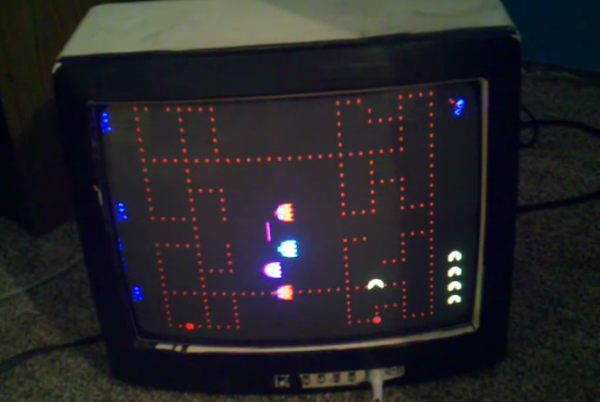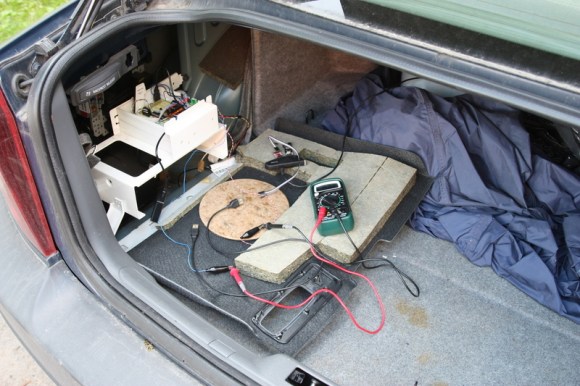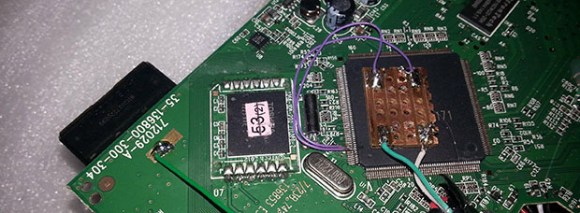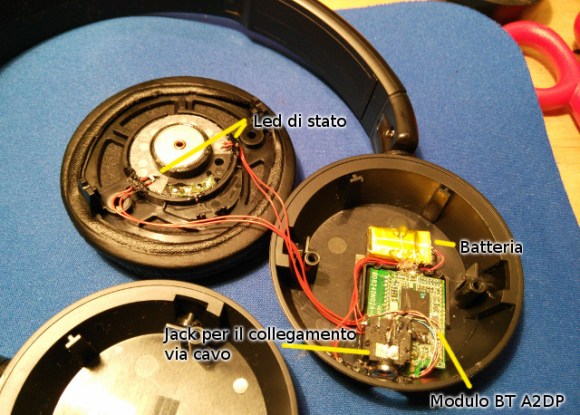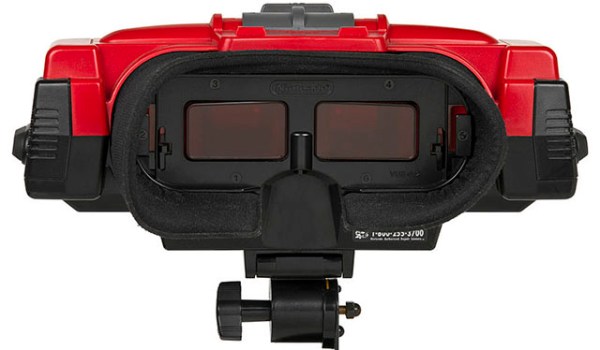Skullduggery systems (a first time participant) came up with an extremely ambitious idea for their instrument. It was to be a jug, that would have a changing pitch based on water being pumped in and out. Ultimately, they ran into a few issues that meant that the effect wasn’t quite what they were looking for. They shouldn’t feel too bad, a bunch of teams didn’t succeed in making things the first year they participated.
What their instrument did do, however, I found simply delightful. The jug sounded just like feedback from the sound system. The contest was happening during a big music festival called the NorthSide festival. There was a stage and a huge crowd most of the time. They were testing their jug and we noticed that the band on stage (with a full crowd at the time), had stopped playing and was checking all their equipment. The sound guys were running around like crazy. They thought they were getting feedback.
We held off for a while and decided we would wait till sound checks to mess with them. While we wanted to cause trouble, we didn’t want to ruin the show for an entire crowd. As you can see in the video, the sound is very much like feedback. They would begin to play, then stop to track down this mysterious feedback. We even tricked [Tyler] the announcer that was talking over our local sound system in the Redbull tent (by accident, I assure you).

